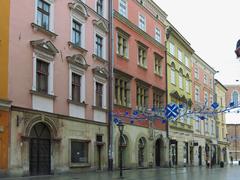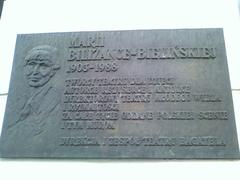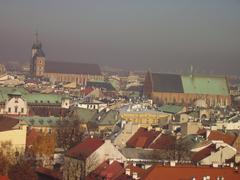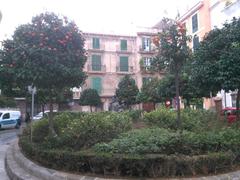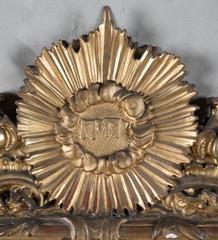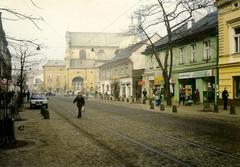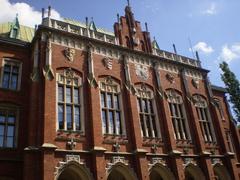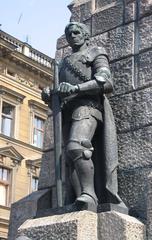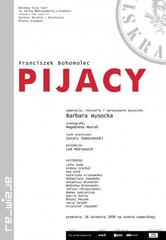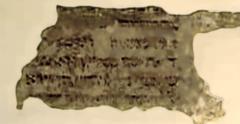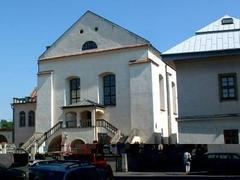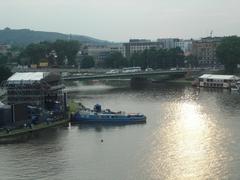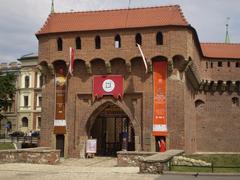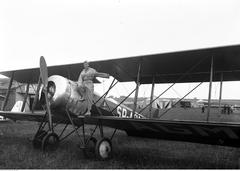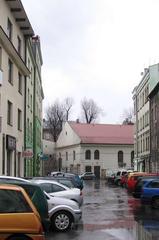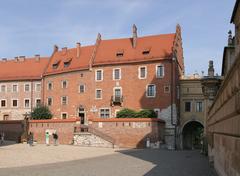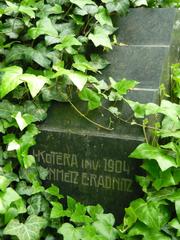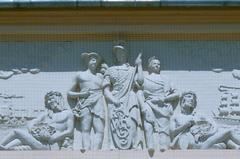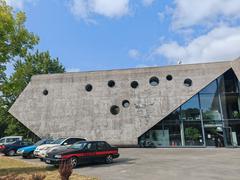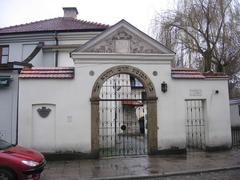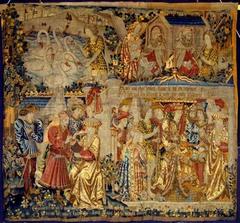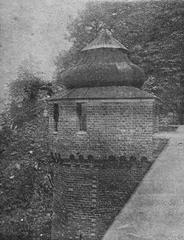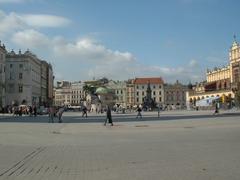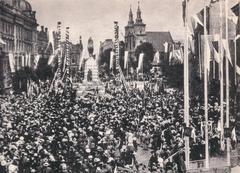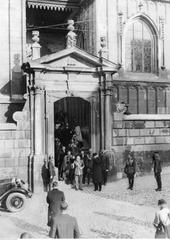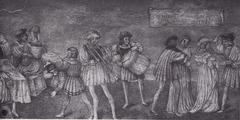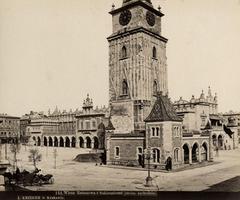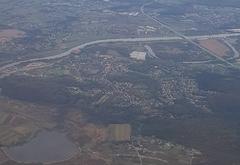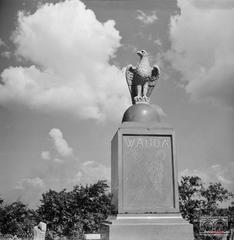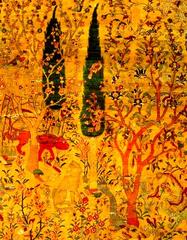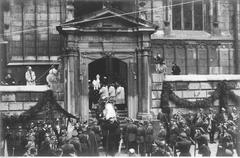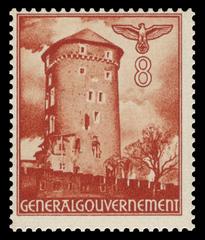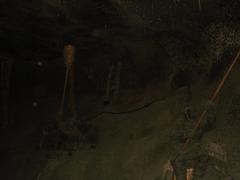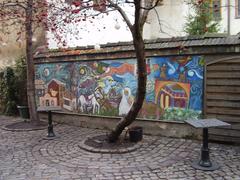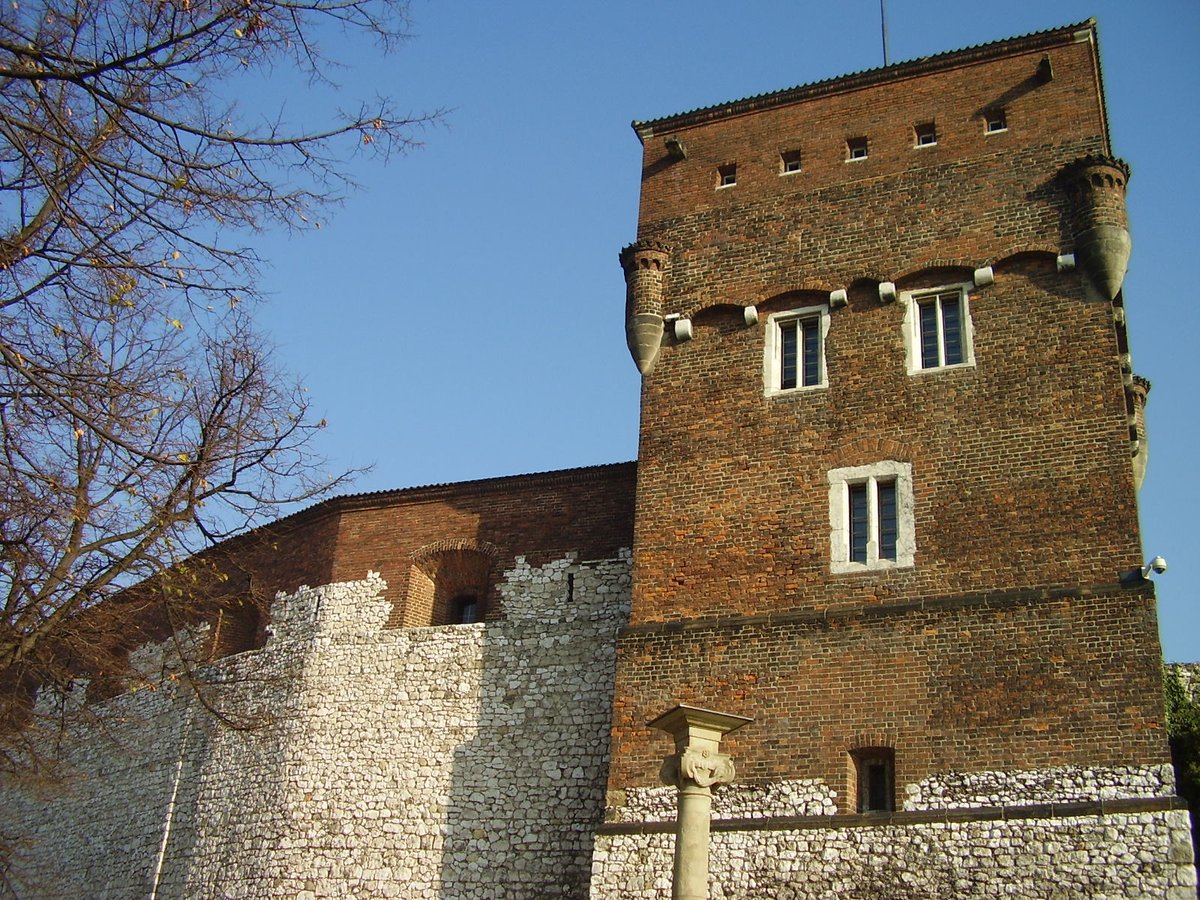
Visiting Wawel Thief Tower in Kraków: Tickets, Hours, and Tips
Date: 01/08/2024
Introduction
Visiting Wawel Castle and its intriguing Thief Tower in Kraków, Poland, offers a unique glimpse into the rich tapestry of Polish history, culture, and architecture. Positioned majestically on Wawel Hill, the castle complex is a testament to centuries of architectural evolution, from its origins as a fortified stronghold in the 10th century to its transformation into a royal residence and political hub (Sunshine Seeker). The Thief Tower, or ‘Wieża Złodziejska,’ stands out within this historical ensemble, having served as a prison for criminals, which adds a layer of grim intrigue to the site (fromplacetoplace.travel). This guide aims to provide comprehensive information about the history, architectural significance, and practical visitor details to ensure that your visit to Wawel Castle and Thief Tower is both enriching and memorable.
Table of Contents
- [History of Wawel Castle](#history-of-wawel-castlehistory-of-wawel-castle)
- [Origins and Early History](#origins-and-early-historyorigins-and-early-history)
- [Architectural Evolution](#architectural-evolutionarchitectural-evolution)
- [Royal Residence and Political Center](#royal-residence-and-political-centerroyal-residence-and-political-center)
- [Thief Tower: A Unique Feature of Wawel Castle](#thief-tower-a-unique-feature-of-wawel-castlethief-tower-a-unique-feature-of-wawel-castle)
- [Historical Significance](#historical-significancehistorical-significance)
- [Architectural Details](#architectural-detailsarchitectural-details)
- [Visitor Tips for Exploring Wawel Castle and Thief Tower](#visitor-tips-for-exploring-wawel-castle-and-thief-towervisitor-tips-for-exploring-wawel-castle-and-thief-tower)
- [Opening Hours and Best Time to Visit](#opening-hours-and-best-time-to-visitopening-hours-and-best-time-to-visit)
- [Guided Tours and Tickets](#guided-tours-and-ticketsguided-tours-and-tickets)
- [Accessibility](#accessibilityaccessibility)
- [Exploring the Castle Grounds and Surroundings](#exploring-the-castle-grounds-and-surroundingsexploring-the-castle-grounds-and-surroundings)
- [Key Attractions](#key-attractionskey-attractions)
- [Legends and Myths](#legends-and-mythslegends-and-myths)
- [Practical Information for Visitors](#practical-information-for-visitorspractical-information-for-visitors)
- [How to Get There](#how-to-get-therehow-to-get-there)
- [Nearby Attractions](#nearby-attractionsnearby-attractions)
- [Final Tips for a Memorable Visit](#final-tips-for-a-memorable-visitfinal-tips-for-a-memorable-visit)
- [FAQ](#faqfaq)
- [References](#referencesreferences)
History of Wawel Castle
Origins and Early History
Wawel Castle, perched on Wawel Hill in Kraków, Poland, is a monumental symbol of the nation’s rich history and cultural heritage. The origins of Wawel Castle date back to the 10th century when it was initially constructed as a fortified stronghold. Over the centuries, it evolved into a royal residence and a political and cultural hub. The castle’s strategic location on the Vistula River made it a significant site for defense and governance.
Architectural Evolution
The architectural style of Wawel Castle is a testament to its long and varied history. The castle complex showcases a blend of Gothic, Renaissance, and Baroque elements, reflecting the different periods of construction and renovation. One of the most significant builders of Wawel Castle was King Casimir III the Great, who reigned from 1333 to 1370. He was responsible for many of the Gothic structures within the complex (Sunshine Seeker).
Royal Residence and Political Center
Wawel Castle served as the residence of Polish kings and the political seat of the country for several centuries. It was the site of numerous important events in Polish history, including royal coronations and the signing of the Union of Lublin in 1569, which united Poland and Lithuania (In Your Pocket). The castle’s State Rooms and Royal Private Apartments are adorned with tapestries, portraits, and other artifacts that offer a glimpse into the opulent lives of the Polish monarchy.
Thief Tower: A Unique Feature of Wawel Castle
Historical Significance
The Thief Tower, also known as the ‘Wieża Złodziejska,’ is one of the most intriguing structures within the Wawel Castle complex. This tower was historically used as a prison, particularly for thieves and other criminals, hence its name. The tower’s grim history adds a layer of intrigue to the castle’s already rich narrative.
Architectural Details
The Thief Tower is a prime example of the Gothic architectural style that characterizes much of Wawel Castle. Its robust stone walls and narrow windows are typical of medieval fortifications designed for defense and imprisonment. Visitors can explore the tower’s interior, which includes small, dark cells that once held prisoners.
Visitor Tips for Exploring Wawel Castle and Thief Tower
Opening Hours and Best Time to Visit
Wawel Castle operates from 9 am to 6:30 pm daily throughout the year. To make the most of your visit, it is recommended to arrive early in the morning when the castle opens. This allows you to explore the castle’s interior and grounds in a peaceful atmosphere under natural light (The Better Vacation).
Guided Tours and Tickets
Several guided tours are available for visitors who want to delve deeper into the history and significance of Wawel Castle and Thief Tower. Options include the Wawel Castle and Cathedral Guided Tour, the Wawel Castle Guided Tour with Skip-The-Line Entry, and the Wawel Castle Crown Treasury Tour and Royal Armory (The Better Vacation). Ticket prices vary: standard tickets cost approximately $10, while combined tickets for multiple attractions can go up to $30. Tickets can be purchased online or at the attraction, with online purchases often being cheaper and more convenient.
Accessibility
Wawel Hill has made efforts to accommodate visitors with mobility challenges, including ramps and accessible entrances. Both the Herbowa Gate and the Bernardyńska Gate provide access to the castle grounds, although the paths can be steep (Sunshine Seeker).
Exploring the Castle Grounds and Surroundings
Key Attractions
In addition to the Thief Tower, Wawel Castle boasts several other notable attractions. These include the State Rooms, Royal Private Apartments, Crown Treasury, and the Dragon’s Den. The castle’s hilltop location also provides stunning panoramic views of Kraków and the Vistula River (In Your Pocket).
Legends and Myths
Wawel Castle is steeped in legends, one of the most famous being the tale of the Wawel Dragon. According to the legend, the dragon was slain by a clever shoemaker’s apprentice named Krakus, who tricked the beast into eating a sheep stuffed with sulfur. Today, a statue of the Wawel Dragon stands below the castle, breathing fire every 5-10 minutes (Sunshine Seeker).
Practical Information for Visitors
How to Get There
Wawel Castle is prominently located on Wawel Hill, a limestone outcrop on the bank of the Vistula River in the heart of Kraków. It is easily accessible on foot from most parts of central Kraków. Visitors can also reach the castle by bus, train, or car. The castle is about a 10-minute walk from the Main Market Square and the Kraków Central Bus and Train Stations (The Better Vacation).
Nearby Attractions
While visiting Wawel Castle, consider exploring other nearby attractions in Kraków. The Main Market Square, St. Mary’s Basilica, and the historic Kazimierz district are all within walking distance. Additionally, the Trail of the Eagle’s Nests, a scenic route featuring medieval castles and ruins, offers a unique opportunity to explore Poland’s medieval heritage (Sunshine Seeker).
Final Tips for a Memorable Visit
To ensure a smooth and enjoyable visit to Wawel Castle and Thief Tower, consider the following tips:
- Book Tickets in Advance: Purchase tickets online to avoid long queues and secure your preferred time slot.
- Wear Comfortable Shoes: The castle grounds and surrounding areas involve a fair amount of walking, so comfortable footwear is essential.
- Check the Weather: Kraków’s weather can be unpredictable, so check the forecast and dress accordingly.
- Bring a Camera: The castle’s architecture and panoramic views provide excellent photo opportunities.
FAQ
Q: What are the opening hours of Wawel Castle?
A: Wawel Castle operates from 9 am to 6:30 pm daily throughout the year.
Q: How much do Wawel Castle tickets cost?
A: Standard tickets cost approximately $10, while combined tickets for multiple attractions can go up to $30.
Q: Is Wawel Castle accessible for people with disabilities?
A: Yes, Wawel Castle has ramps and accessible entrances, although some paths can be steep.
By following these tips and immersing yourself in the rich history and cultural significance of Wawel Castle and Thief Tower, you are sure to have a memorable and enriching experience. For more updates, check out related posts or follow us on social media.
Conclusion
A visit to Wawel Castle and the Thief Tower is not just a journey through time but also an immersion into the heart of Polish heritage. From the castle’s Gothic, Renaissance, and Baroque architectural marvels to the Thief Tower’s historical significance as a prison, every corner of this site tells a compelling story (In Your Pocket). By planning ahead, purchasing tickets in advance, and exploring the various attractions within the castle grounds, visitors can fully appreciate the site’s cultural and historical richness (The Better Vacation). Whether you’re captivated by the legends of the Wawel Dragon or the panoramic views from the Thief Tower, Wawel Castle offers an unforgettable experience that beautifully encapsulates Poland’s storied past and vibrant present. For more updates and tips, be sure to download our mobile app Audiala, check out related posts, or follow us on social media.
References
- Sunshine Seeker. (n.d.). Wawel Castle. Retrieved from Sunshine Seeker
- fromplacetoplace.travel. (n.d.). Wawel Castle. Retrieved from fromplacetoplace.travel
- In Your Pocket. (n.d.). Wawel. Retrieved from In Your Pocket
- The Better Vacation. (n.d.). Wawel Castle. Retrieved from The Better Vacation
- Wikipedia. (n.d.). Wawel Castle. Retrieved from Wikipedia
- Introducing Krakow. (n.d.). Wawel Castle. Retrieved from Introducing Krakow
- Full Suitcase. (n.d.). Krakow Travel Tips. Retrieved from Full Suitcase
- Surfing the Planet. (n.d.). Things to Do in Krakow. Retrieved from surfingtheplanet.com

